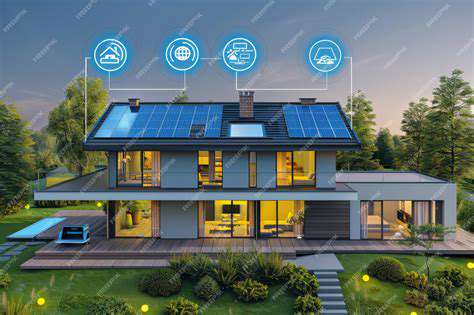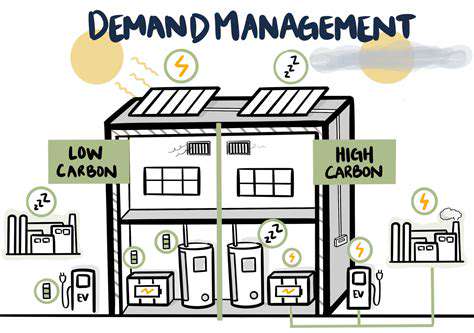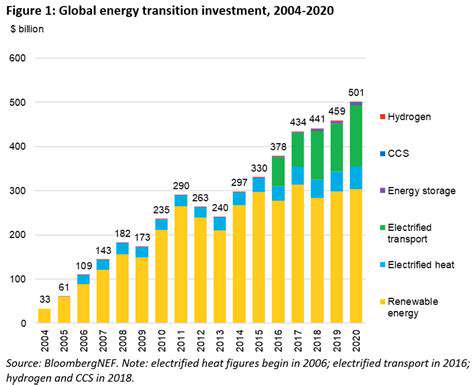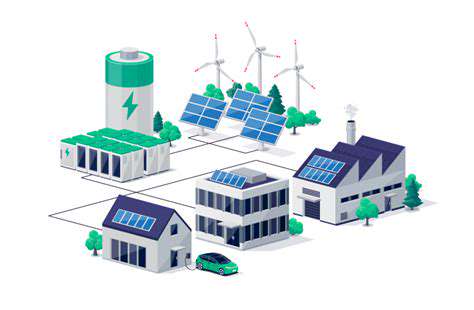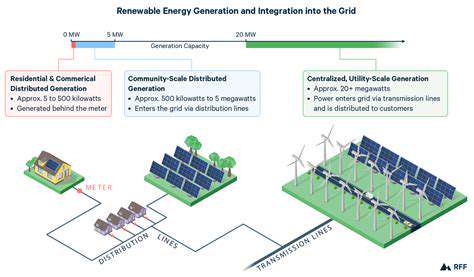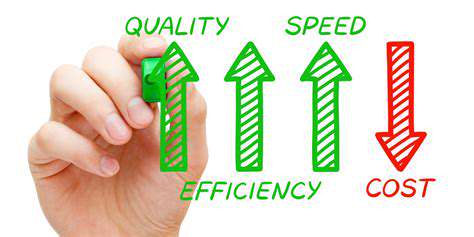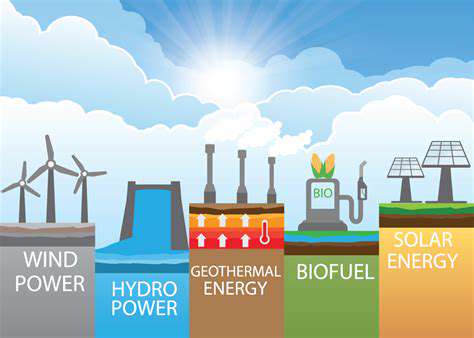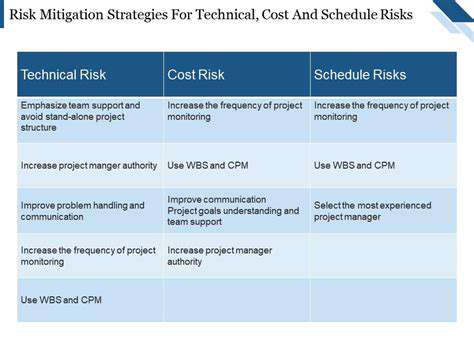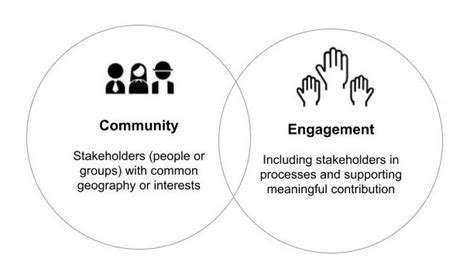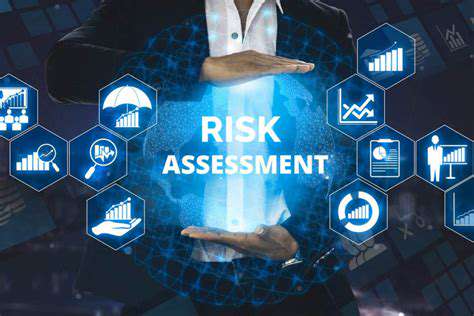Solar Energy and Smart Home Automation: Optimizing Energy Use and Comfort
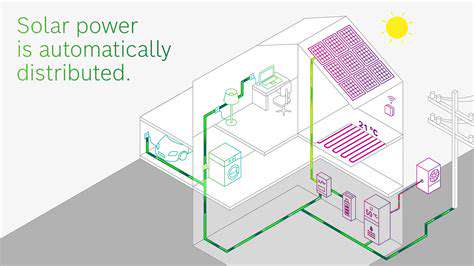
Real-Time Monitoring and Feedback Loops
Real-Time Data Collection
One of the most critical elements when combining solar power with smart home technology is gathering live data about how well the solar panels are working, how much energy the house is using, and what's happening with the weather. Getting this constant flow of information helps make the best use of the energy being made and used. Special sensors placed carefully around the system can tell us exactly how much sunlight is hitting the panels, how hot they're getting, and how much electricity is being created and consumed. Having all these numbers is what makes it possible to create smart systems that can make good decisions on their own.
Automated Adjustment of Home Appliances
When smart home systems work together with live solar energy tracking, they can automatically change how different appliances operate. This smart approach means the system can schedule power-hungry jobs for when the solar panels are making the most electricity. For instance, if the panels are producing lots of power, the system might choose that exact time to run the water heater or washing machine, cutting down on the need for power from the electricity company and getting the most out of the solar energy.
The system can also tweak how other devices like air conditioners or ovens work when the amount of solar energy changes. This careful management means the home uses solar power in the most effective way possible, saving money on energy bills and being kinder to the environment.
Predictive Maintenance for Solar Panels
Live monitoring can spot small changes in how solar panels are performing, which might mean there are problems like shadows falling on them, dirt building up, or even physical damage. Catching these issues early is super important for keeping everything working well. By looking at the data, the system can warn the homeowner long before the solar panels start working much worse, giving them time to fix things before they get really bad. This forward-thinking way of handling maintenance helps solar panels last much longer and keeps them making steady power.
Feedback Loops for Optimizing Energy Use
Having systems that constantly check and adjust is key to making solar power and smart homes work perfectly together. The technology keeps watching how much energy is being made and used, and then changes how appliances work, when lights turn on and off, and other energy-using activities. If the system notices that cloudy weather means less solar power than usual, it can automatically change how the house uses electricity to depend less on the power grid. This ability to adapt to changing conditions means energy never gets wasted.
Integration with External Energy Resources
Smart home systems with live monitoring can easily connect with other power sources like the main electricity network and home batteries. The technology can smartly match how much energy the house needs with how much solar power is available, taking power from the grid when needed and filling up batteries when the sun is shining brightly. This clever connection means the home always has power it can count on, even when the solar panels aren't making much electricity. This complete approach makes the whole energy system more reliable and sustainable while reducing the need for polluting energy sources.
